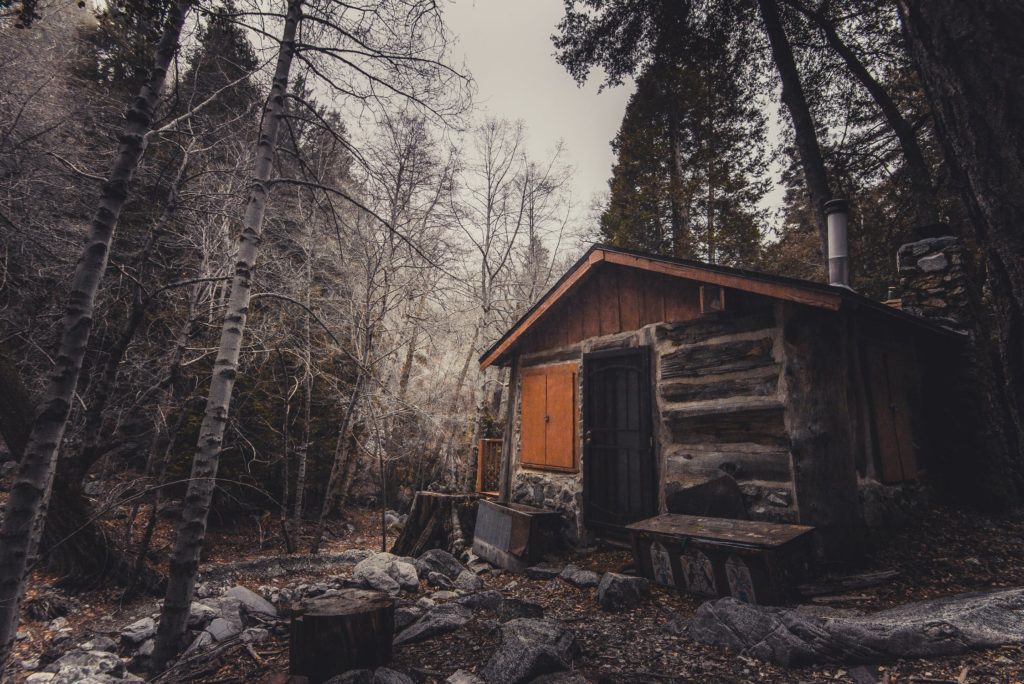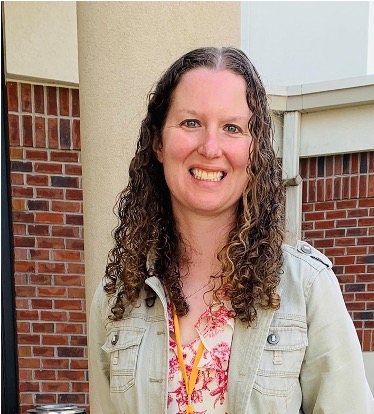The brown leaves crunched under my boots, my heart thumping with every step as I headed up the next stretch of the Appalachian Trail, a famed 2,189 mile trail on the East Coast that stretches from Maine to Georgia. As my friend and I passed a couple with packs on their backs and sticks in hand, people who looked (and smelled) like they could use a shower, my friend told me about the species of human known as the “thru-hiker.” Most people we saw out hiking were not thru-hikers. Since we were close by a park with cabins and it was a holiday weekend, most people were what my friend called “cabin people”– people walking with dogs and kids in tow who would get tired and go “home” to their comfy, heated cabin with a kitchen and running water to relax with people they knew. But the thru-hiker was on a different mission. The thru-hiker had it in them to hike either the whole or a large extent of the Trail over the course of days, weeks, months, and even years. The thru-hiker lives for the Trail. Their heart is for the Trail.
And thru-hikers do not stay in cabins.
Instead, when they’re not tenting or hammocking in the woods, thru-hikers stay in structures called shelters. These are half-open, half-covered small buildings that stand at certain points on the trail. They have no running water or heat or kitchens or furniture because their purpose is not the same as the cabin. Shelters are just that—shelter from the wind, the rain, and the cold. They are a place for hikers to congregate, to swap stories, to share a campfire and sleeping space, all before they part ways and head out on the trail the next morning.
In contrast…
Cabins are for people who want to take a holiday from the world. Cabins are buildings for comfort and stability. They’re for hunkering down with people you know.
Shelters are for people who see the world as their mission. Shelters are buildings that are never quite closed off from their environment. They’re for gathering with people you don’t know, in preparation to go out on the trail again.
Cabins and shelters. Two buildings on the Trail. Two structures operating in two different ways.
Just like church buildings.
Church buildings
One of the greatest finite earthly resources an established church has is its building. Churches often pride themselves on their building, taking you on tours when you visit them for the first time, pointing to rooms and artifacts, and telling stories of people who hand-made pews and donated stained glass. In many a church basement, you can find old photographs of groundbreaking ceremonies and people in hats and coats, beaming with accomplishment. In the history of churches that were planted in cities, towns, and new communities, it always was a milemarker of success to finally erect your own building—and for many, it still is. While the early Church mainly gathered in homes and synagogues, the next few hundred years of church history introduced buildings and chapels and later, cathedrals and more modern church buildings, for the purpose of Sunday worship. Steepled buildings proudly marked their locations as you looked across the landscape.
But as the cultural landscape shifted away from Christendom, so did the centrality of church buildings in common life and society. Instead of being the social gathering spot for everybody and your grandmother, church buildings receded into the skyline as their once-peak attendance began to decline. Even newer church buildings, full on Sunday, remained empty much of the week.
They protected the church from the harsh outside world.
They reflected the preferences of those who called them “home.”
They disconnected from their neighborhood.
They rejected anything that was not known and comfortable.
In other words, church buildings became cabins.
Cabin or Shelter?
Some church gurus say that we should sell all our buildings and move into public spaces and homes and coffee shops. While one could see doing that as a way to force a congregation into the community, it’s not appropriate for most churches. In fact, having a building is not a bad thing at all. It’s more-so what you do with it—and whether your building serves as a shelter that deploys pioneers for mission rather than a cabin where people stay safe.
How do you know? Take this simple test:
- Do the majority of groups and ministries of your church meet in the building? (+1 for cabin if yes, +1 for shelter if no)
- Do any community groups utilize your building? If so, do you know the names of the groups’ leaders and something about them? (+1 each for cabin if no, +1 each for shelter if yes)
- Does your church kitchen cook food mainly for church members or community members? (+1 for cabin if church, +1 for shelter if community)
- If you started a new ministry that utilized your building in a way for people who are not connected to your church, would your congregation be mad? (+1 for cabin if yes, +1 for shelter if no)
- Do congregation members see themselves as owners or stewards of the building? (+1 for cabin if owners, +1 for shelter if stewards)
- Ask 3 people at the nearest grocery store if they have heard of your church. (+1 for cabin if 2-3 have not, +1 for shelter if 2-3 have)
- In outreach events, do congregation members focus more on talking to people who enter your church campus or selling things from your church campus? (+1 for cabin if selling things, +1 for shelter if talking to people)
- Does your church tell more stories (in worship Sunday School, etc) of local missions and missionaries or foreign missions and missionaries? (+1 for cabin if foreign, +1 for shelter if local)
How did you do? Does your church building tend to serve more as a cabin—a place for members to congregate—or as a shelter—a place to deploy people into mission?
Cabins to Shelters
After my day hike and seeing both the thru-hikers and the cabin-dwellers, I couldn’t help but wonder: Is it possible to turn a cabin into a shelter? The answer is yes. There are small steps you can utilize to begin transforming the asset of your church building to both connect with the community and cultivate local missionaries to be sent out on the trail.
- Remove the (figurative) walls. What barriers (fears, physical barriers, assumptions, etc) do you need to begin to address that could be standing in the way from connecting with the community?
- Disrupt comfort. Cabins may be comfortable, but that very comfort is often what makes it difficult to get back on the trail. Perhaps the lack of cushiness is what aids the shelter in becoming a place where people gather but then are sent back on the trail. How can you begin to make the congregation somewhat uncomfortable with the status quo?
- When you gather, tell stories. What stories of plain-clothes local missionaries can you share? Do you have any of your own? If not, immerse yourself in the community this week and write some.
- Do a building audit. Along with church leaders, do a walk-through of your building, its rooms, offices, etc. What is being used? What is not—or sparingly? Close your eyes in each room and imagine who you could see in the space—a homework club, Girl Scouts, AA, music lessons, etc.
- Do a community audit. Meet with (and have church leaders meet with) at least one community leader (mayor, school principal, club president, social services director) before your next leadership team meeting and ask what they see are the greatest needs of the community. At the meeting, share those conversations. See if God is pointing you towards a need and a people.
- Prayer walk. Gather to prayer walk the property and area. What do you see/sense? Who is there/not there? What do you hear the Spirit saying?
- Find teammates. Don’t try to be a superhero who will transform the church. Ask people to join you.
- Transform a current activity or program. Do you normally hold a spaghetti dinner or concert for church members? Turn it outward. Can your building be used as a “home base” for members to store things, cook, or meet before participating in community functions?
In the time and place in society we find ourselves, church buildings can be a game-changer in re-orienting toward mission and the Kingdom of God. When a church building is a shelter where travelers can gather and then see their mission as back on the trail, it can amplify the evangelistic zeal and change the direction of an existing congregation.
Cabin or shelter—which will be part of your church’s story?


